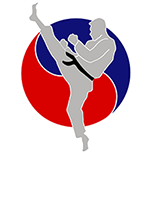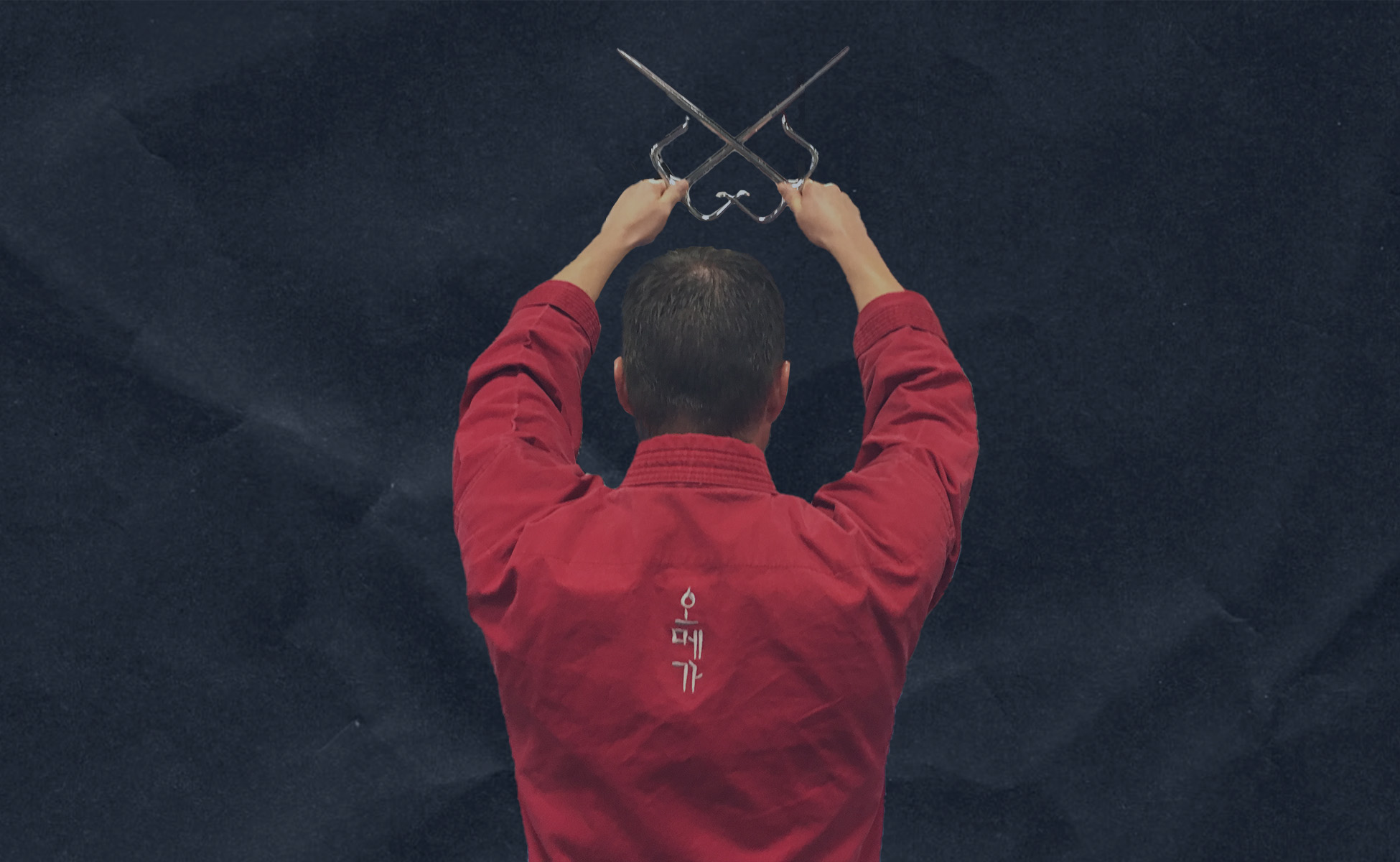SAI – History
The Sai is a metal weapon that is comprised of three prongs. The straight long middle prong is called the monouchi and the two shorter curved side prongs are called the yoku. The sai’s handle, called a tsuka, is usually wrapped in leather or cord. The optimal length of the sai usually depends on the length of the user’s forearms but can range in lengths from 14 to almost 20 inches. The sai are traditionally used in pairs or in a set of three, one to throw and two with which to fight.
Although the sai is now considered a Japanese weapon, before they arrived in Okinawa, history shows that the sai’s potential origin can be traced back to many possible sources throughout the Asian continent, including China, India, Thailand, Vietnam, Malaysia, and Indonesia. What we do know is that the sai was likely imported to Okinawa from China, as evidence shows that the Okinawan people assimilated much of the culture and arts from China. The sai is one evidence of this cultural exchange as we see the sai first being used in China and then in Okinawa as a policing weapon similar to a baton. The sai are ideal for this use because of its devastating less-than-lethal strikes, ability to trap the arms and hands to subdue someone, or for being thrown at escaping criminal’s legs to tangle them up, making them easier to catch. Okinawan martial artists continued to develop the use of the sai in the various kobudo schools, preserving the art to what we see today.


